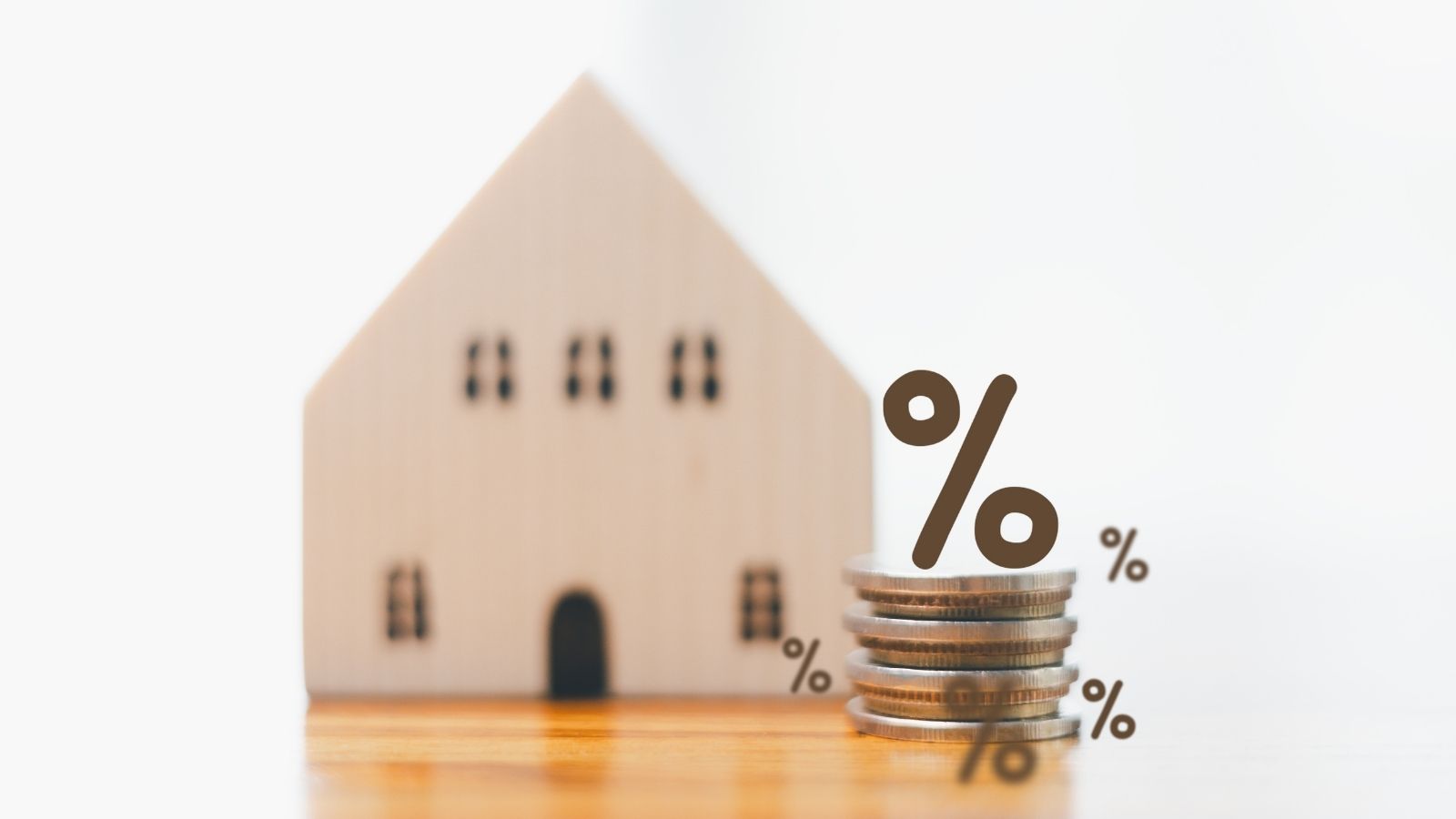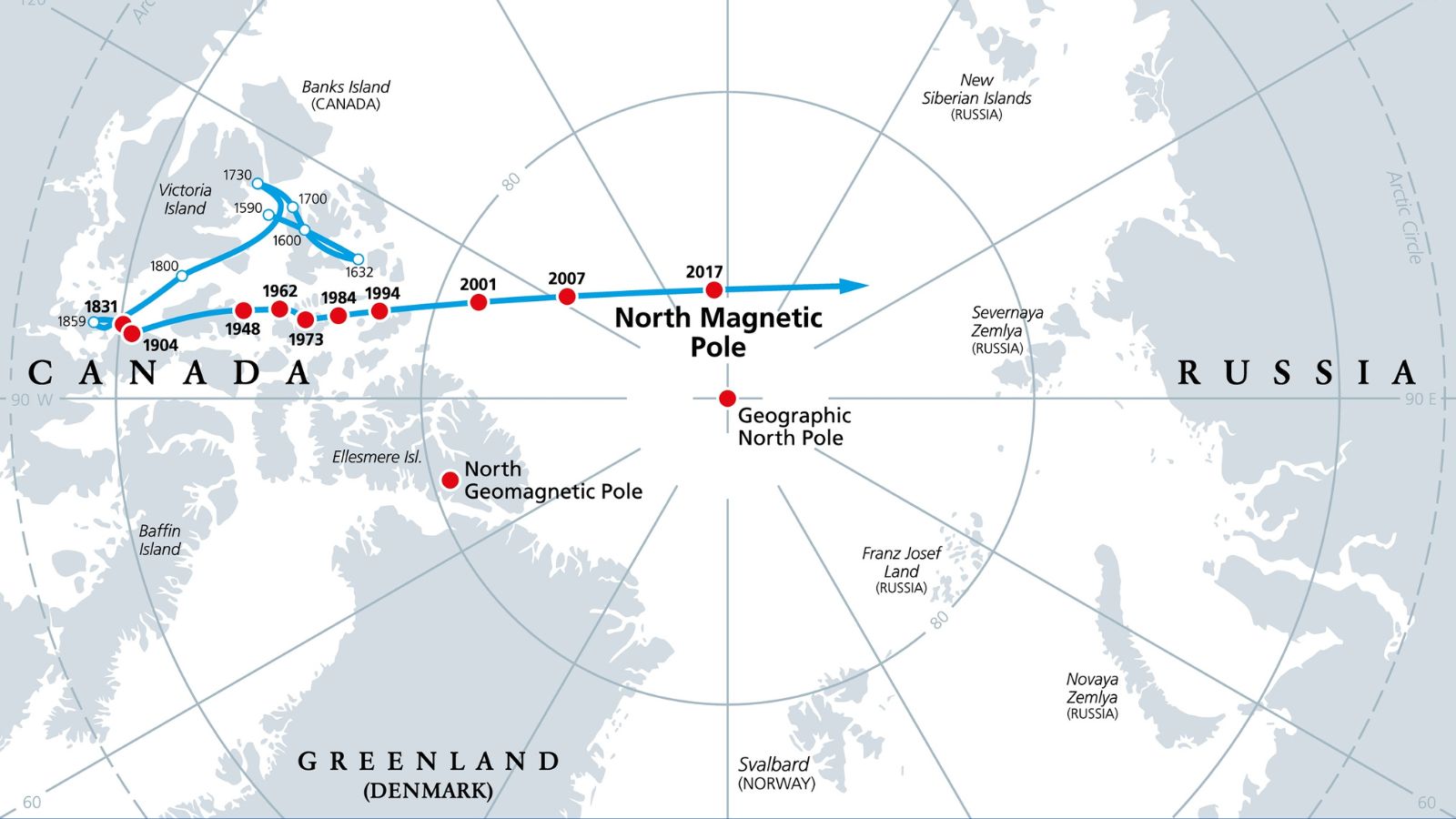The dream of homeownership has long been a cornerstone of middle-class stability and prosperity. However, recent trends reveal a troubling decline in middle-class homeownership, driven by a complex web of economic and social factors. Here are 18 surprising truths about this decline:
Affordability Crisis

The affordability crisis has drastically impacted middle-class homeownership. In 2019, middle-class families could afford homes in 91 of the top 100 metro areas, but by 2024, this number plummeted to just 52.
Rising housing costs, especially in cities like San Francisco and Los Angeles, and high mortgage rates have made it increasingly difficult for middle-class families to purchase homes, forcing many to seek more affordable regions.
Rising Housing Costs

Housing costs have surged, particularly in states like California. Cities such as San Jose, San Francisco, and Los Angeles have experienced some of the highest increases in housing prices since the COVID-19 pandemic.
This surge in housing prices has made it increasingly difficult for middle-class families to afford homes, contributing to a broader affordability crisis. As a result, many are forced to relocate to more affordable regions or reconsider homeownership altogether.
High Mortgage Rates

Mortgage rates have reached their highest levels in decades, making it increasingly difficult for middle-class families to afford homes. These elevated rates make monthly mortgage payments more expensive, reducing the purchasing power of middle-class families.
As a result, many potential buyers are either priced out of the market or forced to settle for less desirable properties. This trend exacerbates the affordability crisis, widening the gap between homeowners and renters.
Income Disparity

The income required to afford a home in many metro areas has skyrocketed. For instance, in Los Angeles, the qualifying income for a median-priced home now exceeds $256,000. This widening gap between income levels and housing costs makes it increasingly difficult for middle-class families to enter the housing market, exacerbating economic inequality and limiting opportunities for wealth accumulation.
Geographic Shifts

Geographic shifts are reshaping middle-class homeownership. As housing costs soar in urban areas, middle-class families are increasingly relocating to more affordable regions like the Midwest, the Rust Belt, and Texas.
These areas offer better housing opportunities and a lower cost of living. This migration trend reflects the growing need for affordable housing options and highlights the economic pressures driving families away from traditionally expensive metro areas.
Supply Shortages

A combination of underbuildings and homeowners holding onto low-interest mortgages has led to the limited availability of homes. This shortage drives up prices and competition, making it harder for middle-class families to find affordable housing.
The lack of new construction and the reluctance of current homeowners to sell exacerbate the affordability crisis, further limiting homeownership opportunities for the middle class.
Wealth Inequality

The decline in middle-class homeownership exacerbates wealth inequality. Homeownership is a key factor in wealth accumulation, with homeowners typically having significantly more wealth than renters.
As housing becomes less affordable, fewer middle-class families can buy homes, widening the wealth gap. This disparity limits economic mobility and perpetuates financial instability, making it harder for future generations to achieve financial security and prosperity.
Generational Impact

The decline in middle-class homeownership has profound generational impacts. Middle-class families can afford homes, but the opportunity to build and pass down wealth diminishes. This trend affects financial stability and economic mobility for future generations.
Without the asset of homeownership, middle-class families face more significant challenges in achieving long-term financial security, perpetuating a cycle of economic disparity and limiting opportunities for upward mobility.
Urbanization Trends

Urban areas, once the hub of middle-class stability, are becoming increasingly unaffordable. This shift is making families move to suburban and rural areas with more affordable housing. The high cost of living in cities like San Francisco and New York forces middle-class families to seek better opportunities elsewhere, altering traditional urban living and impacting community dynamics.
Economic Uncertainty

Job insecurity and fluctuating economic conditions make it difficult for families to commit to long-term investments like purchasing a home. This instability discourages potential buyers, leading to a decline in homeownership rates.
The unpredictable economic environment exacerbates financial stress, making it harder for middle-class families to achieve the stability and security traditionally associated with homeownership.
Student Loan Debt

High levels of student debt prevent many young adults from saving for a down payment on a home. This financial burden delays their entry into the housing market, reducing homeownership rates among the middle class.
The struggle to balance loan repayments with other expenses exacerbates the affordability crisis, making it harder for graduates to achieve financial stability and invest in homeownership.
Changing Preferences

Many middle-class families now prefer renting over buying, valuing flexibility and mobility. This shift is driven by lifestyle changes, economic uncertainty, and the desire to avoid the financial burden of homeownership.
As a result, the traditional view of homeownership as a key component of the American Dream is evolving, with more people prioritizing experiences and financial freedom over owning property.
Government Policies

Changes in tax laws and housing regulations have altered the affordability and attractiveness of buying homes. Policies that reduce incentives for homeownership, such as limiting mortgage interest deductions, make it harder for middle-class families to afford homes.
Additionally, zoning laws and building regulations can restrict housing supply, driving up prices and exacerbating the affordability crisis for the middle class.
Investment Properties

The rise of investment properties and short-term rentals has reduced the availability of homes for middle-class buyers. Investors often outbid potential homeowners, driving up prices and making it harder for middle-class families to compete.
This trend exacerbates the affordability crisis, limiting homeownership opportunities and contributing to the growing wealth gap between property investors and middle-class families.
Foreign Investment

In many desirable areas, foreign investors drive up real estate prices, making it harder for local middle-class families to compete. This influx of foreign capital reduces the availability of affordable homes, exacerbating the affordability crisis.
As a result, middle-class families are often priced out of the market, further widening the gap between wealthy investors and local homebuyers.
Environmental Concerns

Climate change and the risk of natural disasters make certain areas less desirable for buying homes. Rising sea levels, wildfires, and extreme weather events can damage properties and increase insurance costs.
These factors deter middle-class families from investing in homes in high-risk areas, further complicating the already challenging landscape of affordable and secure homeownership.
Technological Advances

Innovations in remote work and digital connectivity allow people to live farther from traditional job centers, seeking more affordable housing. Smart home technology and energy-efficient systems influence buying decisions as families prioritize modern amenities.
These advances offer new opportunities for middle-class families to find affordable homes but require adapting to rapidly changing technological landscapes.
Cultural Shifts

The traditional view of homeownership as a critical component of the American Dream is evolving. Many middle-class families now prioritize experiences, flexibility, and financial freedom over owning property.
Lifestyle preferences, economic factors, and a desire for mobility drive this change. As a result, renting is becoming more attractive, altering long-held perceptions about the importance of owning a home.
Conclusion

These insights highlight the multifaceted challenges facing middle-class homeownership today. Addressing these issues will require a concerted effort from policymakers, communities, and individuals to ensure that homeownership dreams remain attainable for future generations.
18 Reasons Why People Are Leaving Florida in Masses

Exploring factors that impact the desirability of living in Florida, this list delves into various challenges shaping residents’ experiences. From environmental concerns like rising sea levels to economic factors such as fluctuating job markets, these issues collectively contribute to a nuanced understanding of the state’s appeal.
18 Reasons Why People Are Leaving Florida in Masses
